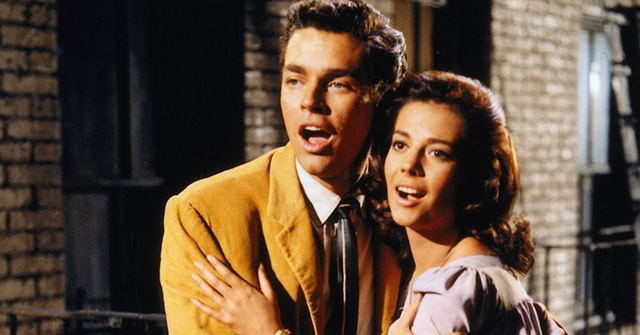
Notions of which intervals in music are considered pleasing have certainly changed drastically ever since the first polyphony (more than one musical line at a time) emerged in Western music around 900 C.E. Medieval theorists had some very specific notions as to which combinations of sounds should be allowed and which should be avoided. And none was avoided more than the interval known as a tritone, so named because it comprises three whole steps—in the key of C Major (the white keys of the piano), it occurs between F and B. Theorists considered the interval to be unstable and dissonant, and for that reason it was avoided not only in harmony, but even in melodic lines for nearly a thousand years.
When music students first enter conservatory-type schools, they are traditionally required to take a course in “sight-singing,” a thorn in the side of many of music student, unless they possess “perfect pitch,” which is quite rare even among accomplished musicians. In order to identify and sing various intervals, many students learn them as part of a well-known melody. For instance, an ascending perfect fourth is the first two notes of “Here Comes the Bride”; an ascending major sixth is outlined by the first two notes of the iconic musical tag for “N-B-C.” And of course, different students might choose different melodies, depending on what they are most familiar with.
But the tritone? That’s a much harder one to find. And so virtually all music students learn an ascending tritone as being the first two notes of the song “Maria” from West Side Story.
Was Bernstein, who composed that immortal score, purposely doing something that had once been “forbidden” to make some sort of a point? Dennis Polkow, who has written an article for Ravinia magazine on the musical, points out that it also occurs right at the beginning of the piece between the second and third notes of the little three-note signal that is played by the orchestra as well as whistled by the gang members. Perhaps it is meant to convey the “dissonance” between the warring factions of the Sharks and the Jets.
Or maybe it’s just Bernstein being his iconoclastic self, using whatever means he had at his disposal to achieve whatever effect he was aiming for. But one thing is certain: Most music students will never hear “Maria” the same way again.
